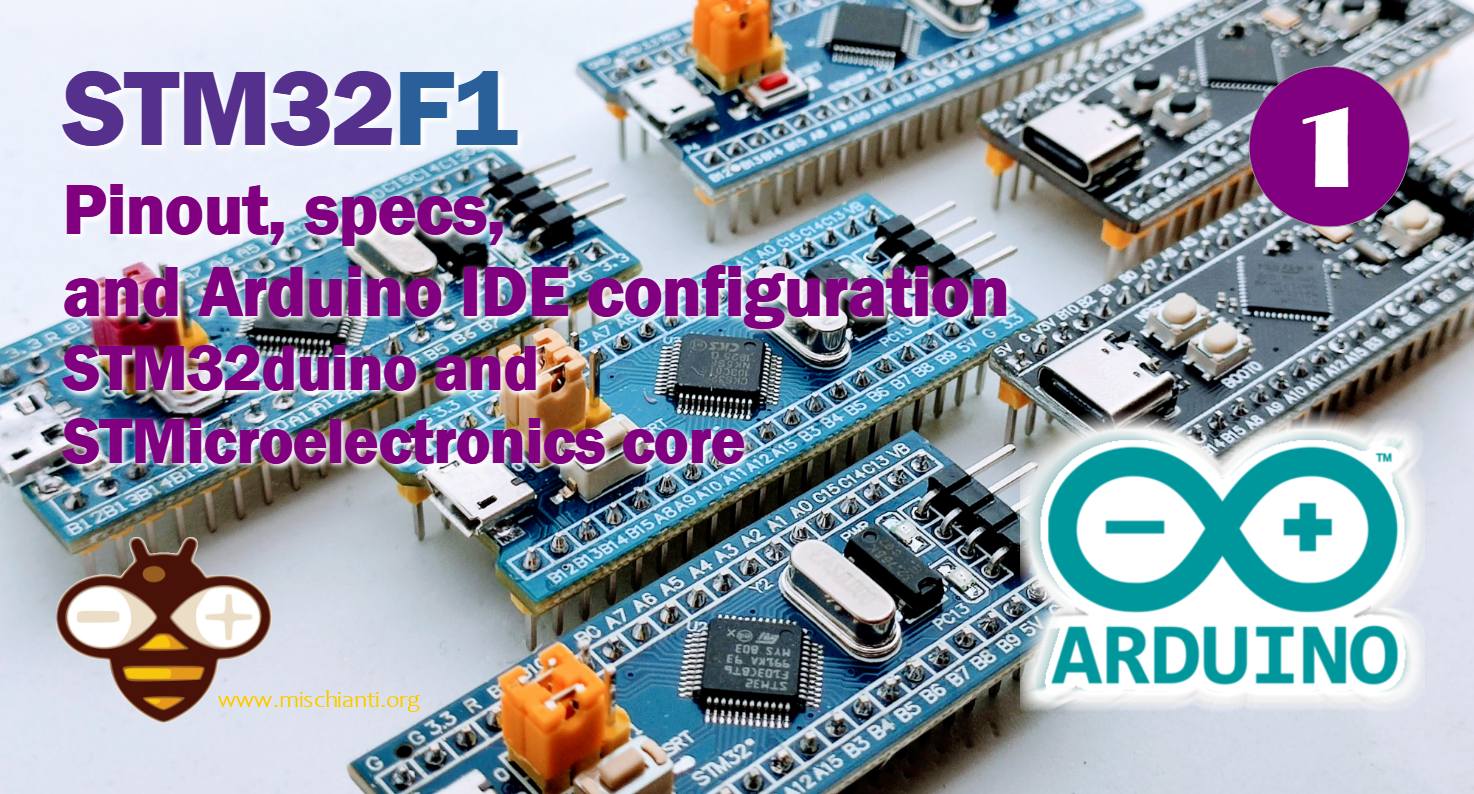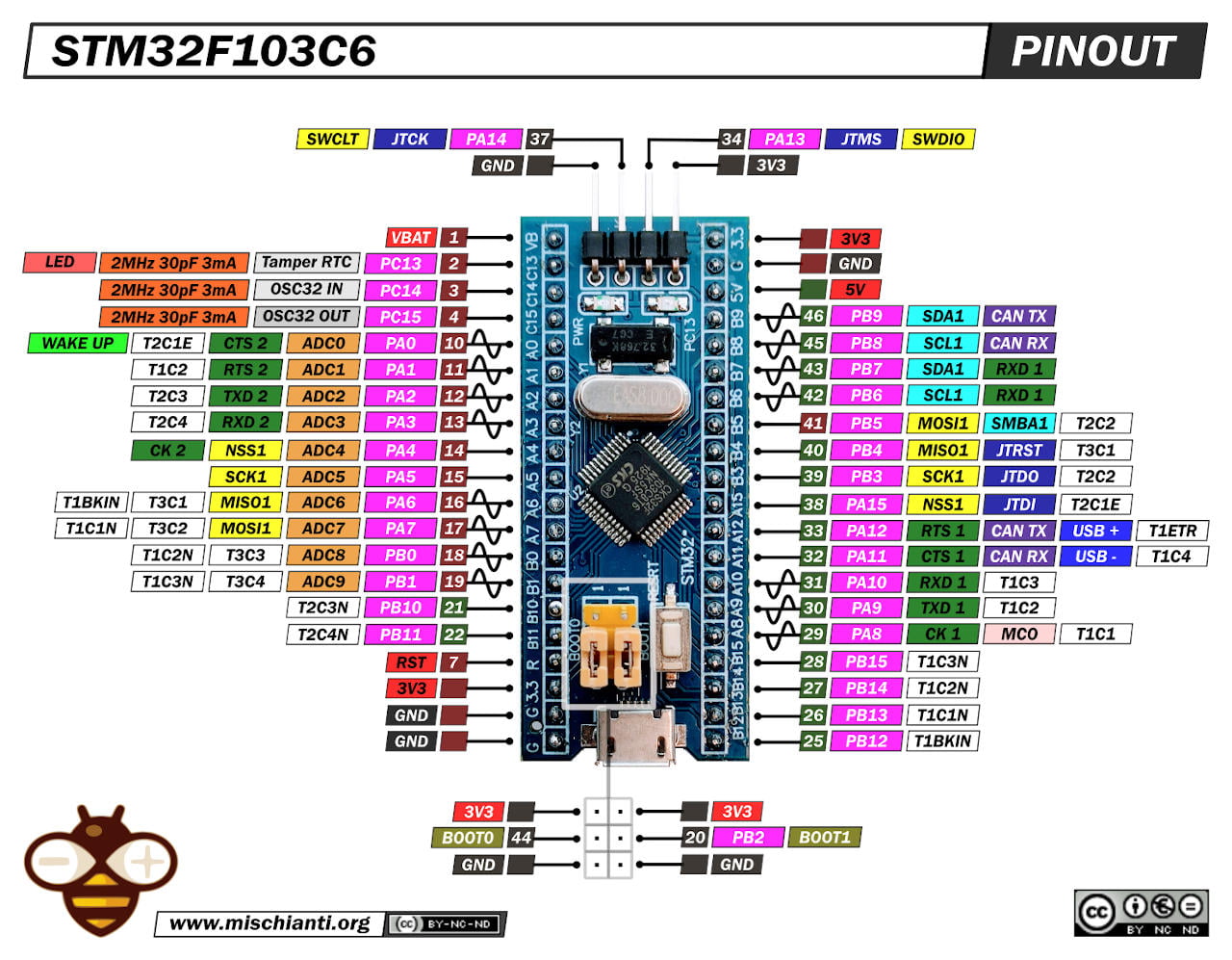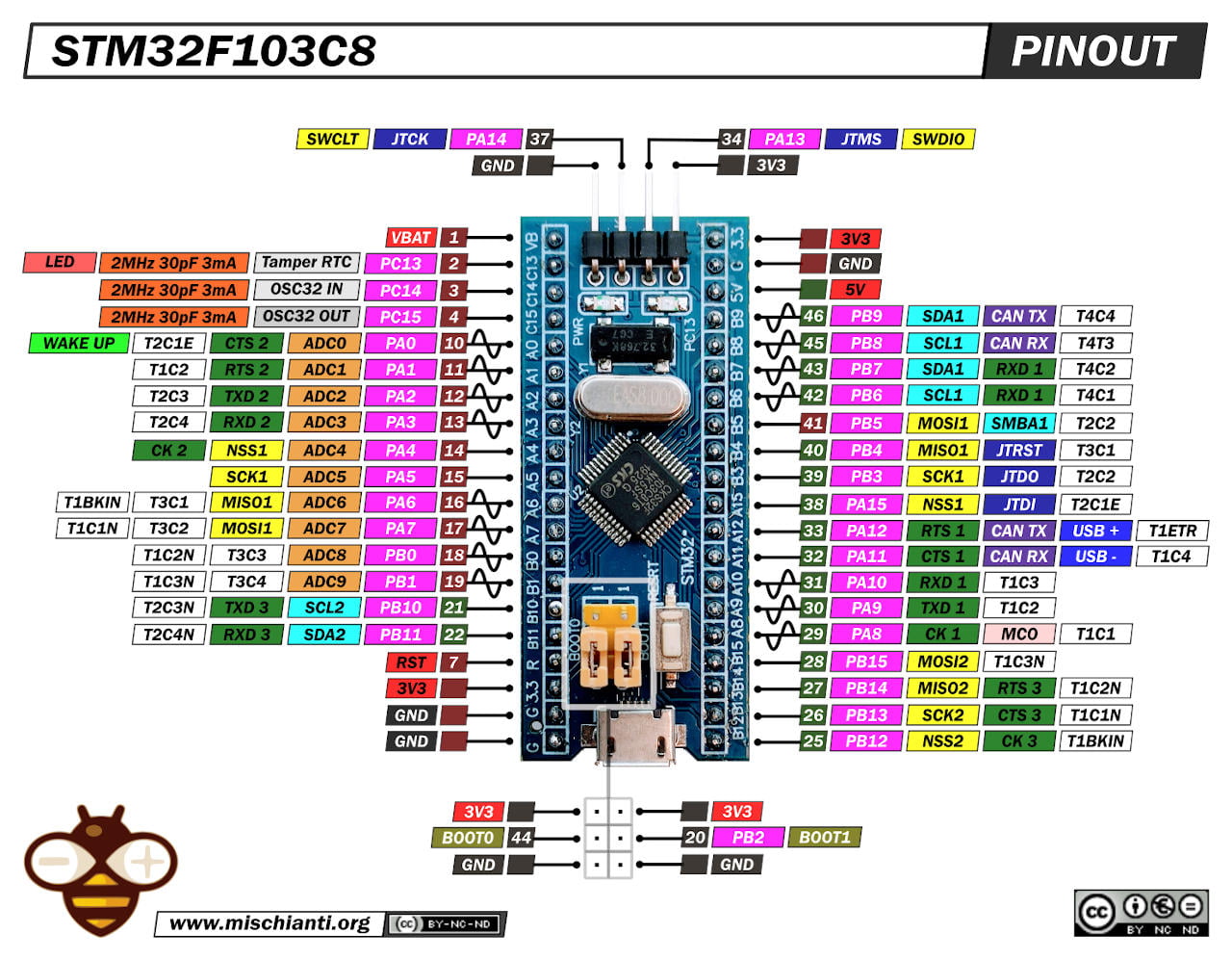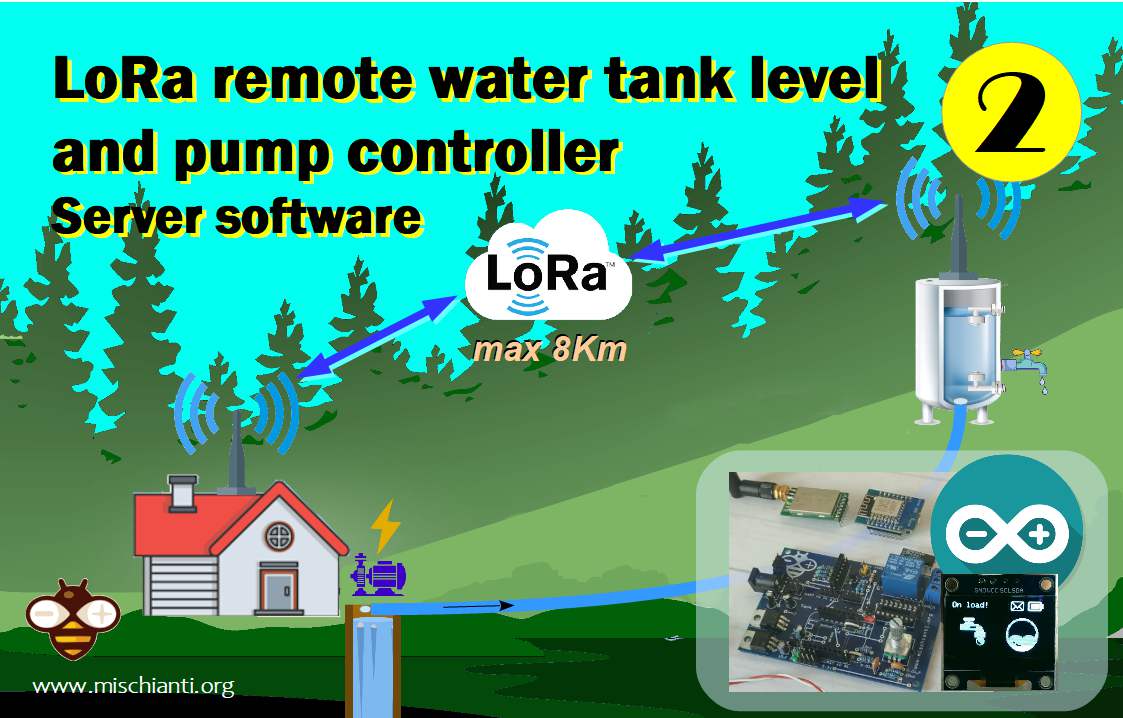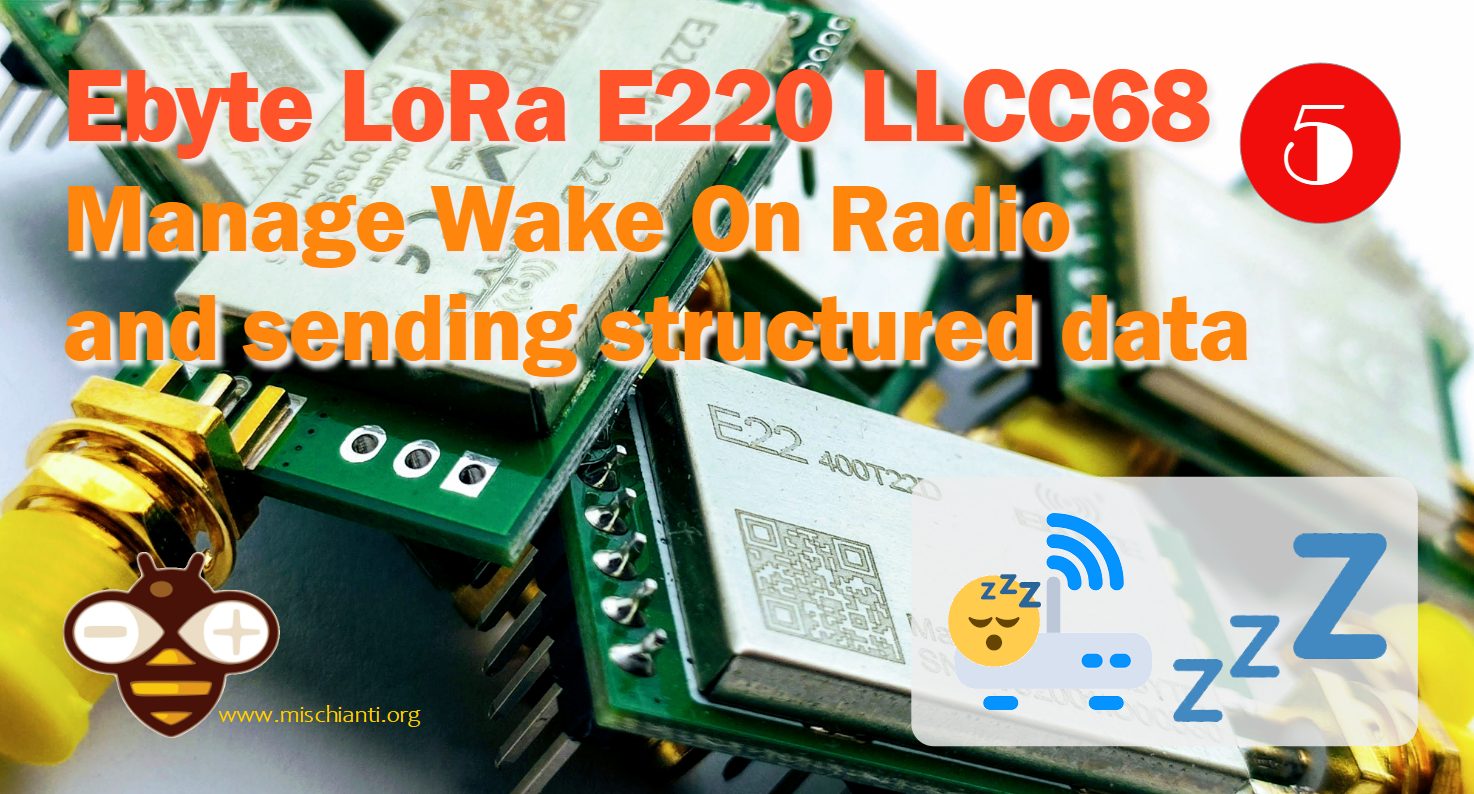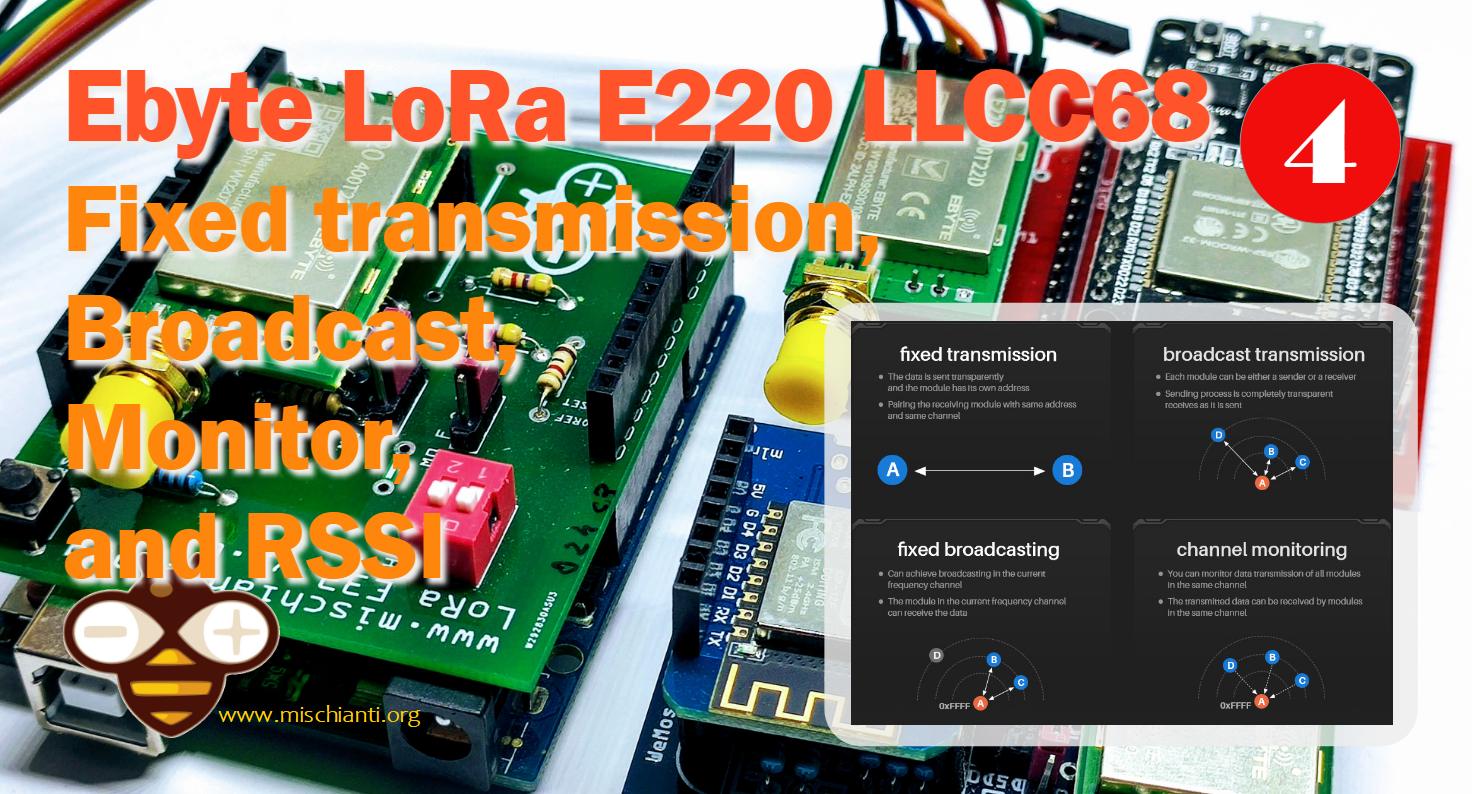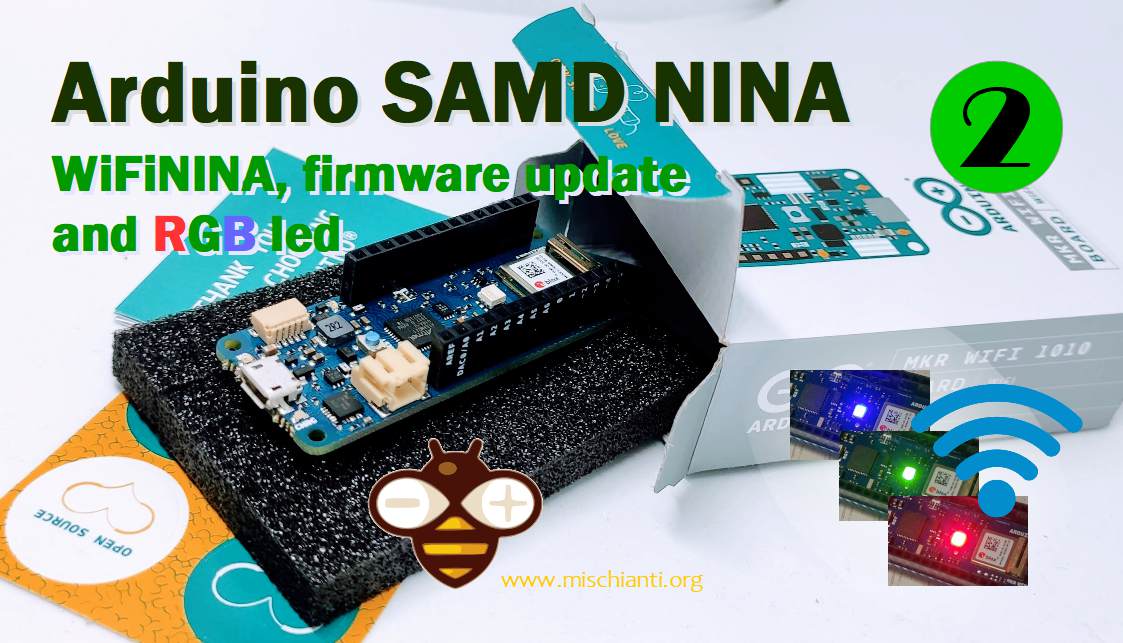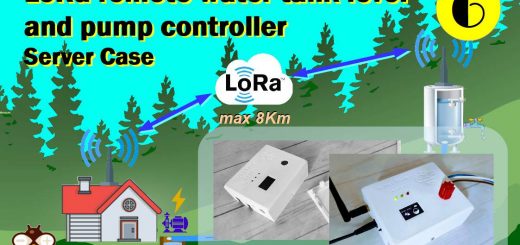LoRa remote water level and pump controller (esp8266): Server PCB – 4
I must fill a tank 1.5 km away, so I create a 2-part controller.
A server with a relay to manage the pump and a client solar/battery-powered to check the tank’s status and notify the status to the server.
We are going to assemble the Server PCB.


